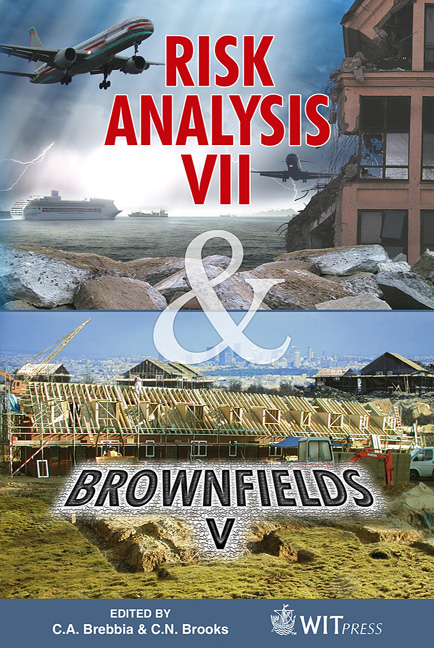Mechanical Tillage Of Degraded Mining Areas At Jamari National Forest (Amazonian Forest, Rondônia – BR)
Price
Free (open access)
Transaction
Volume
141
Pages
12
Page Range
183 - 194
Published
2010
Size
3,494 kb
Paper DOI
10.2495/BF100161
Copyright
WIT Press
Author(s)
A. Í. Ribeiro, A. J. S. Maciel, R. M. Longo, W. J. Melo & R. W. Lourenço
Abstract
According to the environmental legislation enforced in Brazil and the process of marketing globalization, the commitment of nation to the preservation of the environment is intensified. By reason of nature's negative responses to its intensive use, an awareness then appears from enterprises and agencies about how the anthropic action over the environment needs to be minimized, becoming a challenge: development and sustainability. In this context, the present work made use of the mechanical tillage of the soil as a technique to apply, in a large scale, the strategies and methods to recover mined areas that were researched and developed experimentally by researchers on a theme project about the recovering of degraded areas. This work was conducted in the Amazon ecosystem, inside the Jamari National Forest - Rondônia (FLONA do Jamari), in deactivated cassiterite mines. The objectives of this work were to: Develop a computational program capable of managing a database and assist in the selection of machines and preparation methods to execute the operations of topographical reconstitution and tillage of surfaces in areas degraded by the mineral exploitation of cassiterite. Use the program that was developed in the planning of costs and operational development, for the operations required in the strategies for recovering the areas. Analyze the vegetable productivity in the mobilized areas and the quality of the superficial mobilization, making use of indicators and tillage methods.
Keywords
degraded area, recovery, Amazon forest, mining, tillage, mechanization, machines, costs, soils




